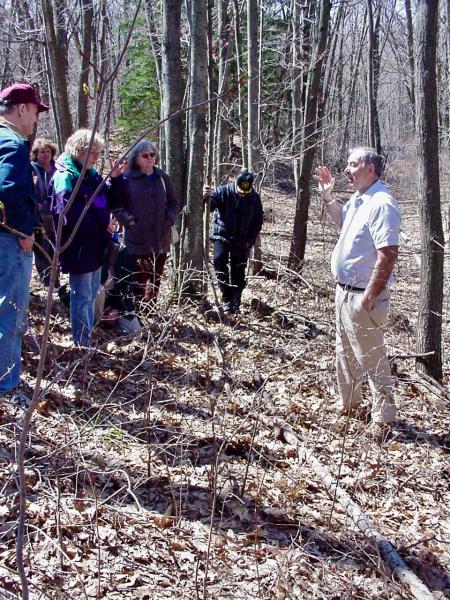ID

UW-Eau Claire faculty member was pioneer of nation’s newest national park
Story Categories
Authored on
UW-Eau Claire faculty member was pioneer of nation’s newest national park
Published on:




